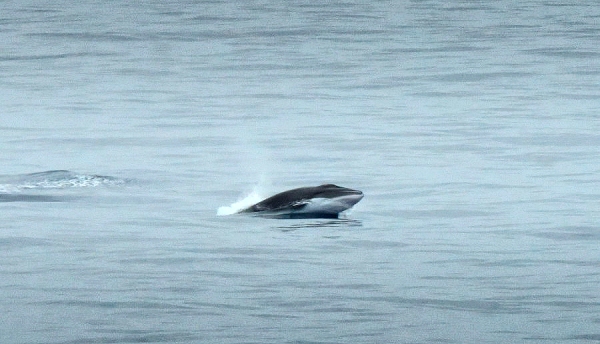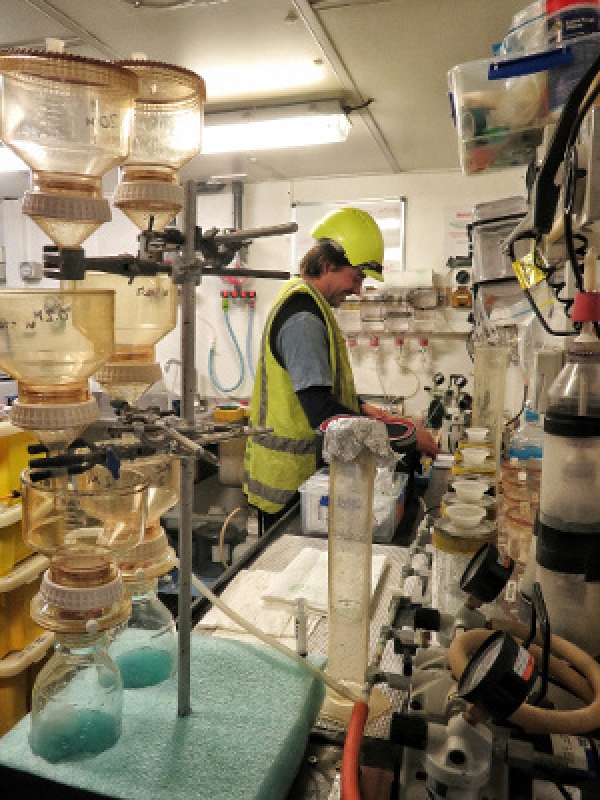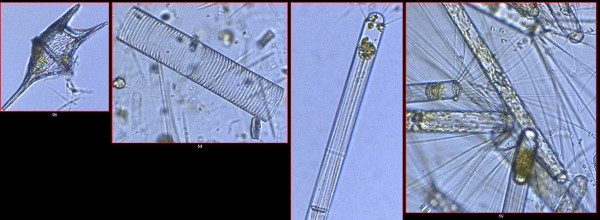23 January 2019. By Voyage Leader Dr Richard O'Driscoll.
Day 16 of the Ross Sea Environment and Ecosystem Voyage 2019 on RV Tangaroa. We have re-located from Cape Adare to the Iselin Bank—a large submarine ridge that rises from over 2000 m deep up to about 500 m. Iselin Bank is one of the main fishing grounds for Antarctic toothfish.
The 2018/19 fishing season in this area closed in early January once the annual quota of 2054 tonnes was caught. We are here to look at the seabed habitats and abundance of bycatch fish species in the fished area, as well as further east in the regions closed to fishing by the Ross Sea Marine Protected Area. Our survey involves multibeam echosounder mapping of the seafloor, underwater cameras, and trawling. We have only just started this work, so I’ll provide a more detailed account in my next report.
The moorings work at Cape Adare was completed on Sunday and was reasonably successful. All three of the oceanographic moorings were recovered and re-deployed. The active acoustic (echosounder) mooring was recovered, but the replacement equipment (a brand new autonomous echosounder) developed a cable problem which meant we were unable to connect to it. This was unfortunate—especially as the component that failed was a relatively cheap one—but of course one we didn’t have a spare for!
When we left Cape Adare, we also left behind most of the wildlife and scenery. Right now it is foggy and rough with not much to see. On Sunday morning some of us were lucky enough to see minke whales jumping clear of the water while we were preparing to do a zooplankton tow. Unfortunately nobody was quick enough to get it on camera. Although sad to leave Cape Adare, it was a timely move as storm force winds swept down the Antarctic coast on Monday. Even on the edge of this weather system we had a rough passage east in 30-35 knot winds and a confused 3-4 metre swell.
Although the whales, penguins, and toothfish get most of the attention when most of us think about Antarctica, a big focus of this voyage is on some of the tiniest organisms in the ocean—the phytoplankton and bacteria. We have an international team of scientists onboard, led by Andres Gutierrez Rodriguez from NIWA, who are collecting and analysing samples daily regardless of our location. In fact their work started the day after we left Wellington.
We are all aware that plants and trees use photosynthesis to grow and produce the oxygen we breathe. But roughly half of the total photosynthesis on earth occurs in the surface of the ocean—carried out by tiny micro-algae called phytoplankton. Phytoplankton communities are incredibly complex and diverse with hundreds of species co-existing in only small drop of seawater. During this voyage Andres and his team are combining image-based methods (microscopy and Flowcam) with molecular techniques (DNA metabarcoding), and cell isolation to disentangle and characterize this amazing diversity.
One of their main objectives is to assess the total primary production and the contribution of specific phytoplankton groups. To do this they are conducting a series of experiments with the phytoplankton that we collect in water samples by growing these in on-board aquaria. In collaboration with Dr Max Gorbunov from Rutgers University in the USA, they are also using state-of-the-art instruments (Mini-Fire and PicoLIF) that measure photosynthesis by phytoplankton on time-scales of micro- and pico-seconds.
Unlike plants and trees which live from months to years, phytoplankton only survive from a few days to a week. Tiny grazers (micro-zooplankton) consume on average 3/4 of the daily primary production. Our on-board experiments also assess micro-zooplankton grazing rates. Other experiments measure bacterial production. Marine bacteria act like recyclers in the ocean, taking up organic matter that may has dissolved into the water from phytoplankton and grazers, before being consumed by micro-grazers themselves and entering the food chain.
A small proportion of phytoplankton production escapes the grazers and bacteria and sinks from the surface to the seafloor, where it can remain for hundreds to thousands of years. Through this process (known as the ‘biological pump’) phytoplankton can remove carbon dioxide (CO2) from the atmosphere. The Southern Ocean, and the Ross Sea in particular, are regions of global importance because they host huge phytoplankton blooms that contribute to the global carbon cycle. These blooms are mainly driven by a specific group of phytoplankton called diatoms that are characterized by having an external ‘skeleton’ made of silica. Other single-cell plankton groups such as Rhizaria also rely on, and compete for, silica to build armoured skeletons. These amoeba-like organisms are very poorly understood, and characterizing the contribution of Rhizaria, and linking the silica and carbon cycles, is crucial to understanding the role of plankton in the carbon cycle. This is the focus of the research of the two French scientists onboard—Brivaela Moriceau and Natalia Llopis Monferrer.
The weather forecast is OK for the next 24 hours then worsening. We’ll remain on the Iselin Bank for the next few days, working south and east. As well as the seabed and fish work, we still have one more mooring (another whale listening post) to recover and re-deploy.



